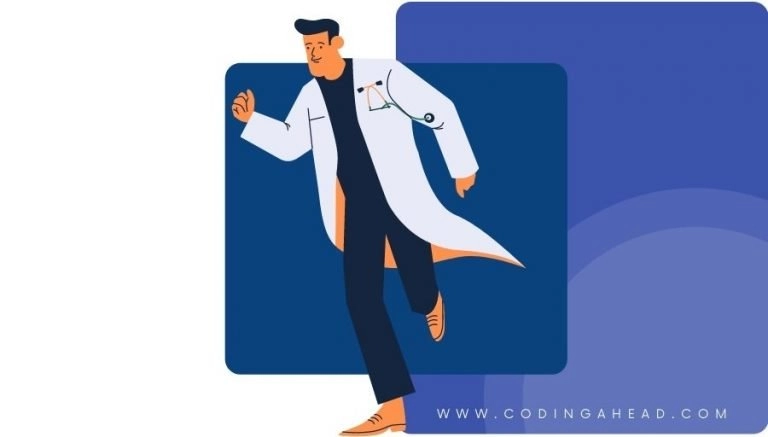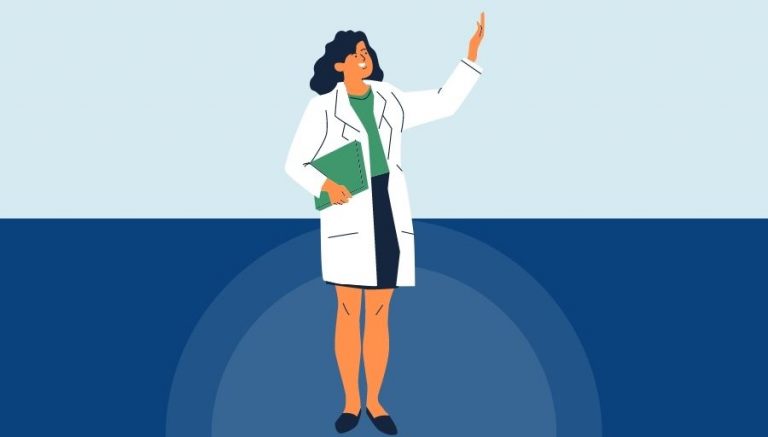How To Use CPT Code 92606
CPT 92606 describes therapeutic services for the use of a non-speech-generating device, including programming and modification. This article will cover the description, procedure, qualifying circumstances, appropriate usage, documentation requirements, billing guidelines, historical information, similar codes and billing examples.
1. What is CPT Code 92606?
CPT 92606 can be used to describe therapeutic services provided by a healthcare professional to help a patient utilize a non-speech-generating device. These services include programming and modification of the device to meet the patient’s specific needs. The goal is to enhance the patient’s ability to communicate effectively using the device.
2. Official Description
The official description of CPT code 92606 is: ‘Therapeutic service(s) for the use of non-speech-generating device, including programming and modification.’
3. Procedure
- The healthcare professional evaluates the patient’s communication needs and determines the appropriate non-speech-generating device to use.
- The provider creates or modifies communication display boards based on the patient’s responses and successful use.
- The healthcare professional trains the patient on how to use their residual functional abilities to interact with others and socialize.
- If possible, the provider also trains the patient’s family members on how to modify the display board as needed.
- The healthcare professional programs the non-speech-generating device and teaches the patient’s family members how to handle it.
- After the session, the provider documents the results, including the services rendered, progress toward goals, and recommendations for changes to the communication system’s equipment and techniques.
4. Qualifying circumstances
CPT 92606 is used for patients who require therapeutic services to utilize a non-speech-generating device. These patients may have communication difficulties due to various conditions, such as speech disorders, neurological disorders, or physical impairments. The healthcare professional providing the services must have the necessary expertise in using and programming non-speech-generating devices.
5. When to use CPT code 92606
CPT code 92606 should be used when a healthcare professional provides therapeutic services for the use of a non-speech-generating device, including programming and modification. It is appropriate to bill this code when the services are aimed at improving the patient’s communication abilities and utilizing the device effectively.
6. Documentation requirements
To support a claim for CPT 92606, the healthcare professional must document the following information:
- Patient’s diagnosis or condition necessitating the use of a non-speech-generating device
- Details of the therapeutic services provided, including programming and modification of the device
- Date and duration of the session
- Progress made by the patient towards communication goals
- Recommendations for changes to the communication system’s equipment and techniques
- Signature of the healthcare professional providing the services
7. Billing guidelines
When billing for CPT 92606, ensure that the services provided involve the use of a non-speech-generating device and include programming and modification. It is important to follow the specific guidelines and requirements set by the payer to ensure accurate billing and reimbursement. Additionally, consider any applicable modifiers or additional codes that may need to be reported in conjunction with CPT 92606.
8. Historical information
CPT 92606 was added to the Current Procedural Terminology system on January 1, 2003. There have been no updates or changes to the code since its addition.
9. Examples
- A speech-language pathologist providing therapeutic services to a patient with aphasia, helping them use a non-speech-generating device for communication.
- An occupational therapist modifying a communication display board for a patient with cerebral palsy, enabling them to express their needs and preferences.
- A physical therapist programming a communication device for a patient with amyotrophic lateral sclerosis (ALS), allowing them to communicate effectively as their condition progresses.
- A special education teacher training a student’s family members on how to use a non-speech-generating device to facilitate communication at home and in the community.
- An assistive technology specialist modifying a communication system for a child with autism, tailoring it to their specific communication goals and abilities.
- A rehabilitation engineer programming a communication device for a veteran with a traumatic brain injury, helping them regain independence in expressing their thoughts and needs.
- A speech-language pathologist providing training to a patient’s caregiver on how to modify a communication display board to accommodate changes in the patient’s communication abilities.
- An audiologist programming a non-speech-generating device for a patient with hearing loss, enabling them to communicate effectively in various environments.
- A communication therapist modifying a communication system for a child with Down syndrome, ensuring it aligns with their developmental needs and abilities.
- A developmental psychologist providing therapeutic services to a patient with developmental delays, helping them utilize a non-speech-generating device for communication.



